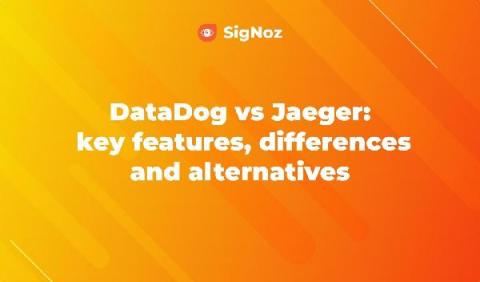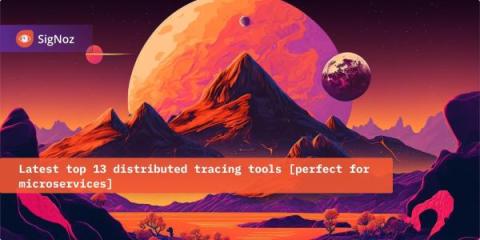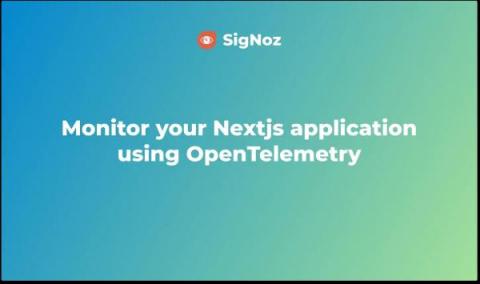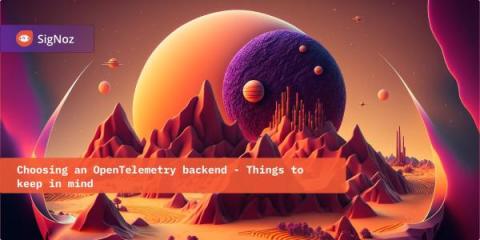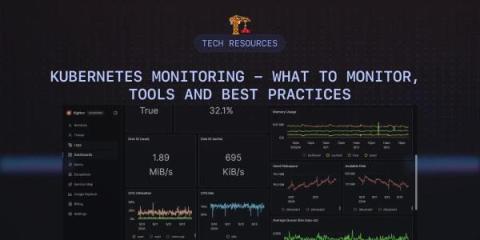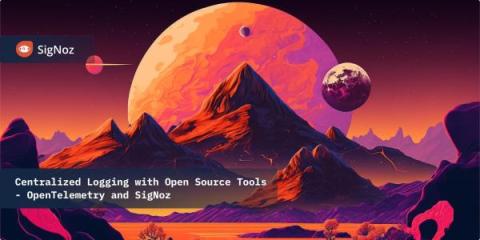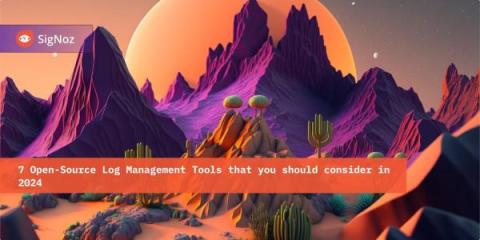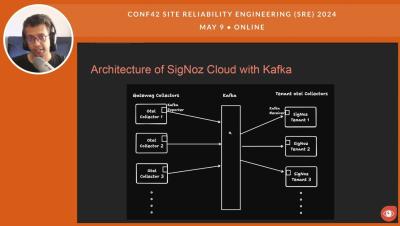Frontend Monitoring - Core Web Vitals and Error Tracking with OpenTelemetry & SigNoz
Monitoring website performance and error tracking is critical for a great customer experience. In our Launch Week recently, we demo'ed how you can monitor core web vitals and monitor frontend errors in SigNoz. Here's a short demo on the same.



